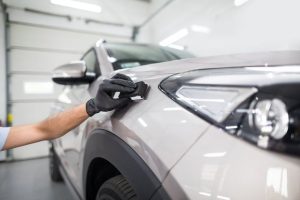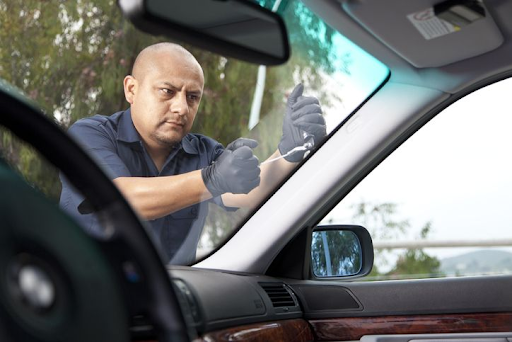Staying safe on the road isn’t just about wearing a seatbelt or following traffic signals. It’s also about seeing clearly. One of the most overlooked but critical components of driving safety is your vehicle’s glass—especially the windshield. Cracks, chips, and cloudy patches might seem minor, but they can quickly become major hazards. Visibility is everything when you’re behind the wheel, and auto glass plays a central role in that.
Compromised Vision Starts Small
A small chip may not seem like much. Maybe it happened last week from a pebble kicked up by a truck. It’s barely noticeable, right? That’s where the danger lies. Over time, tiny imperfections can spread, especially with exposure to heat, cold, or vibrations from daily driving. What was once a harmless dot in your line of sight becomes a distracting crack that scatters light and distorts your view. Every second counts when reacting to road conditions, and distorted visibility can delay your response.
Auto Glass Replacement Prevents Bigger Problems
Auto glass replacement refers to the process of removing damaged glass from a vehicle—usually the windshield—and installing new, clear, and structurally sound glass. The keyword here isn’t just “glass”; it’s “replacement.” Quick fixes like resin fills might help for minor chips, but they aren’t always long-term solutions. Replacement is essential when damage reaches beyond repair. By ensuring that your view is crystal clear and free from structural compromise, auto glass replacement improves overall driving safety and keeps you compliant with legal visibility standards.
Cracked Glass Weakens Structural Integrity
The windshield isn’t just for vision. It also contributes to your vehicle’s structural strength. In a rollover accident, an intact windshield helps prevent the roof from caving in. A cracked or weakened windshield, on the other hand, can shatter or pop out, increasing the risk of injury. That’s why replacing compromised glass is about more than just vision—it’s about the entire safety framework of your car. A timely auto glass replacement plays a direct role in maintaining that critical safety barrier.
Driving at Night and in Harsh Weather Demands Clarity
Glare from oncoming headlights at night, or the streaks of rain on a damaged windshield, can amplify even the smallest visual imperfection. If your auto glass is scratched, fogged, or cracked, your eyes will strain to focus. You’ll miss details. You’ll take longer to react. Fogged or damaged glass scatters light and causes dangerous reflections. That’s why many drivers notice how stressful night driving becomes once their windshield starts deteriorating. Waiting to replace it only makes every drive harder—and more hazardous.
Delayed Replacement Increases Costs
It’s easy to put off repairs. Life gets busy. But procrastination usually makes things worse. What starts as a minor crack can spider across your windshield in a matter of days. And once that happens, a simple repair turns into a full replacement. Worse, extensive damage can lead to leaks, electrical issues, and failed inspections. Acting early on auto glass replacement doesn’t just restore visibility—it saves money in the long run and prevents frustrating, costly consequences later.
Conclusion
Timely auto glass replacement is more than just a maintenance chore—it’s a safety decision. Your windshield protects you from debris, supports your vehicle’s structure, and most importantly, gives you the visibility you need to drive safely. Putting off replacement might seem like no big deal, but your safety is always worth the time and investment.







